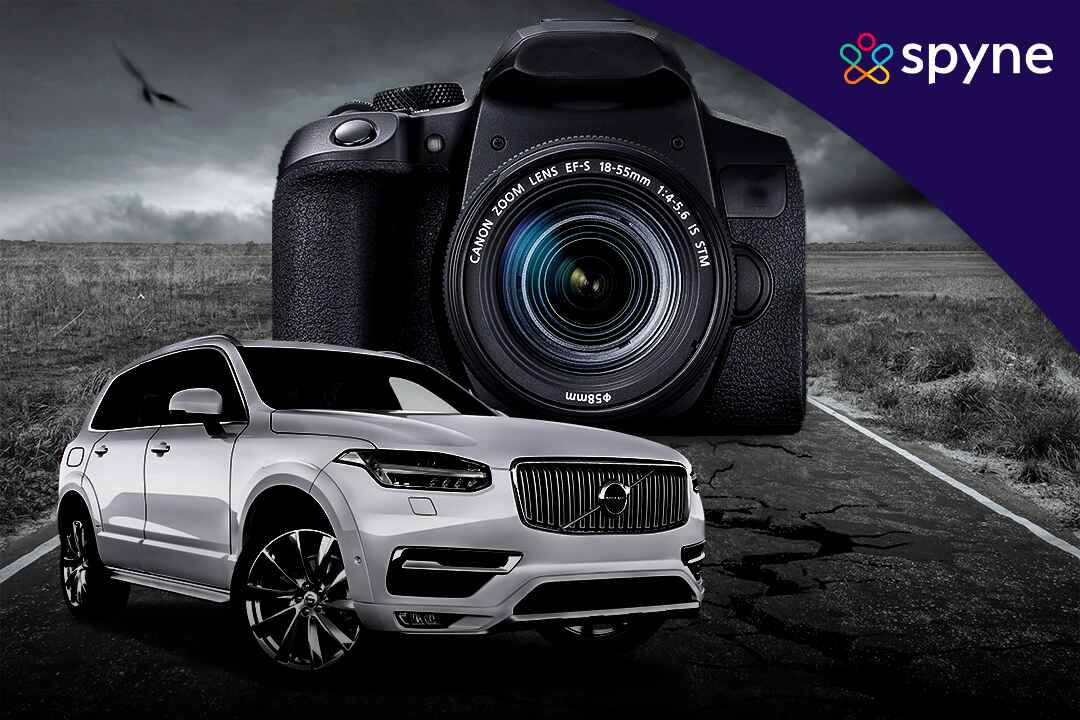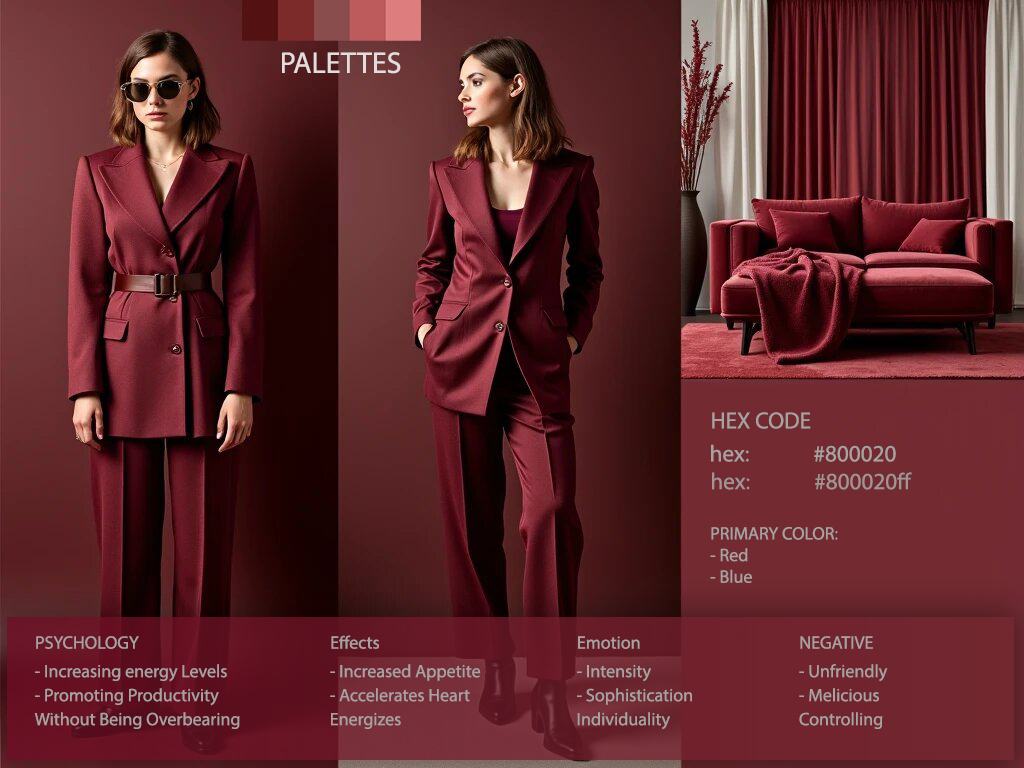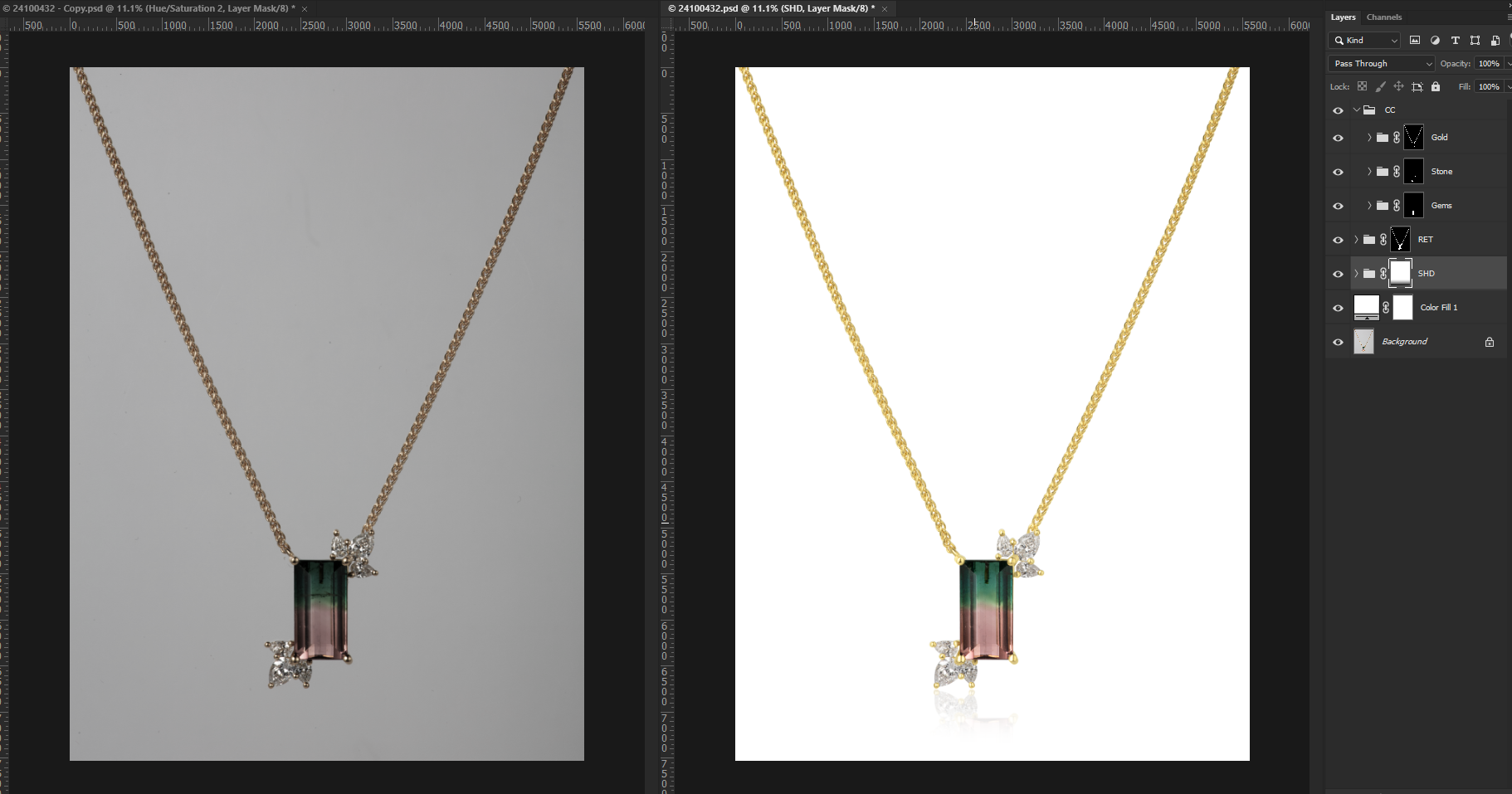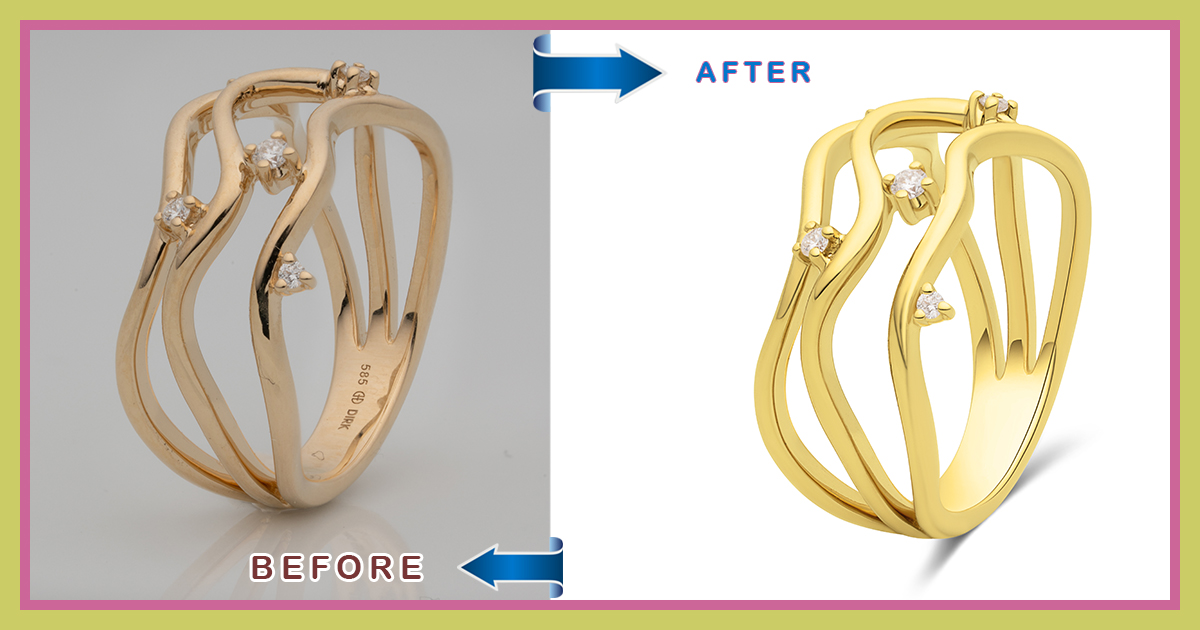For the Best Lens Car For Photographing, opt for a wide-angle lens with a focal length of around 16-35mm. These lenses offer a broader field of view, allowing you to capture the entire car and its surroundings in one shot, while also enhancing the depth and perspective in your images.
Investing in a lens with a wide maximum aperture, such as f/2. 8, will enable you to capture crisp and vibrant photos even in low light conditions. Additionally, look for a lens with good image stabilization, as it will help minimize camera shake and produce sharper photos.
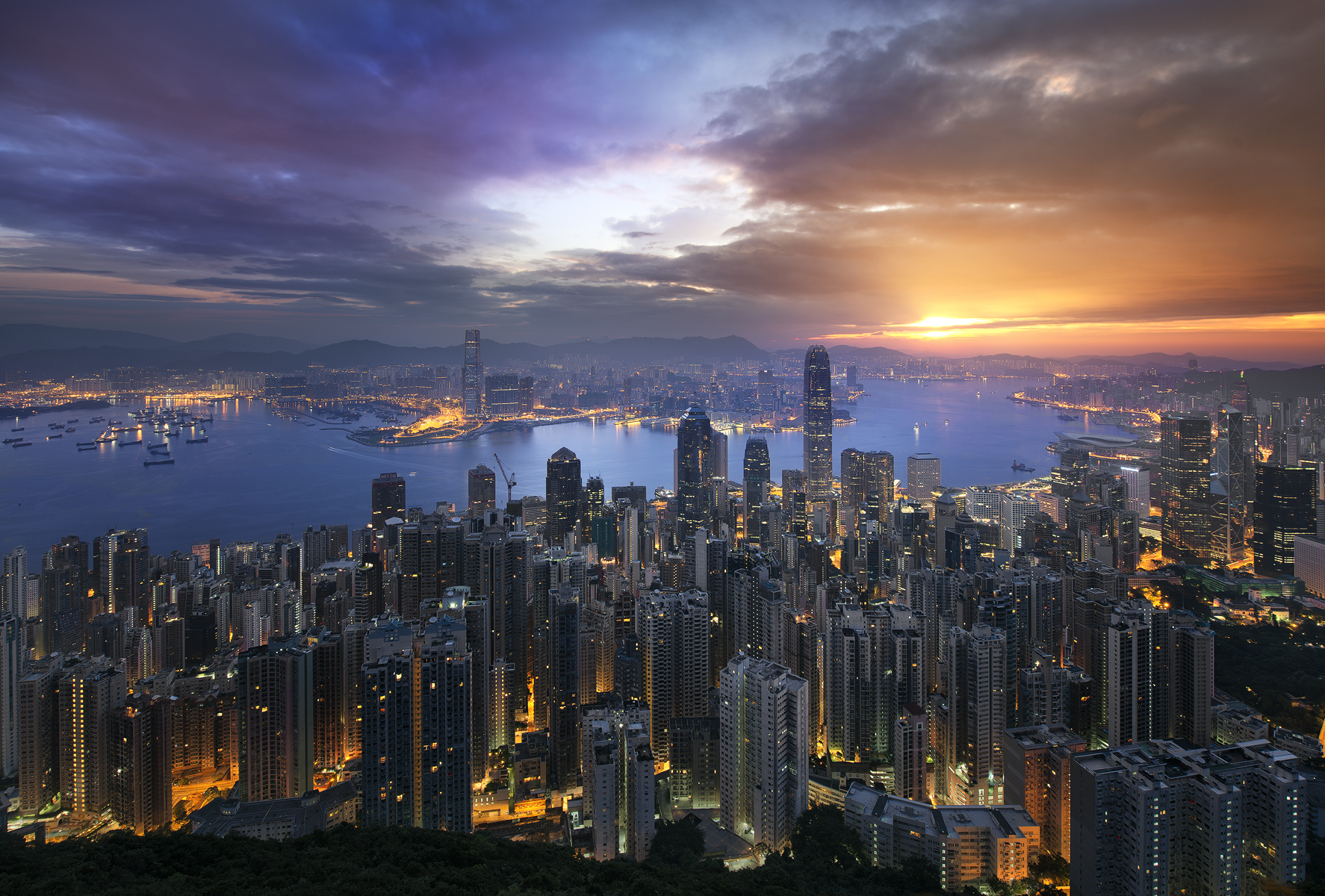
Popular Lens Types For Car Photography
Prime Lenses And Their Advantages For Car Photography
Prime lenses are fixed focal-length lenses that do not zoom. These lenses offer several advantages when it comes to car photography:
- Wide aperture: Prime lenses typically have wider maximum apertures, such as f/1.8 or even f/1.4. This allows for better low-light performance and the ability to achieve a shallow depth of field, resulting in blurred background and a sharp focus on the car.
- Image quality: Prime lenses are known for their superior image quality, providing sharp and detailed images with minimal distortion and aberrations.
- Lens speed: Due to their wide apertures, prime lenses are considered faster than zoom lenses. This means that they allow for faster shutter speeds, which can be beneficial when capturing fast-moving cars.
- Lightweight and portable: Prime lenses are usually smaller and lighter than zoom lenses, making them more compact and easier to carry around for car photography sessions.
Zoom Lenses And Their Versatility In Capturing Different Car Angles
Zoom lenses, unlike prime lenses, offer a variable focal length range that allows you to zoom in and out. Here are some advantages of using zoom lenses for car photography:
- Flexibility: The ability to vary focal lengths provides versatility, allowing you to capture different car angles without physically moving closer or farther away from the subject.
- Composition control: With a zoom lens, you can conveniently frame the shot by zooming in or out, emphasizing specific details or capturing the entire vehicle, depending on your vision.
- Convenience: Car photography often involves shooting in dynamic environments. With a zoom lens, you can quickly adjust the focal length to adapt to changing conditions, ensuring you don’t miss any important shots.
Wide-Angle Lenses And Their Ability To Capture The Entire Car In A Single Frame
Wide-angle lenses have shorter focal lengths, allowing for a wider field of view. When it comes to car photography, wide-angle lenses offer the following advantages:
- Capturing the entire car: With their wide field of view, wide-angle lenses can encompass the complete car in a single frame. This is especially useful when shooting cars in scenic locations or capturing the car’s unique design features.
- Distortion effects: Wide-angle lenses can create a unique perspective and slightly distorted images, adding a creative touch to car photography.
- Environmental context: Wide-angle lenses excel in capturing not only the car but also the surrounding environment. This can provide context and tell a more comprehensive visual story about the car.
Remember, choosing the ideal lens for car photography largely depends on your shooting style, preferences, and the effect you want to achieve. Experimenting with different lenses will help you discover the perfect lens that suits your vision and captures the essence of the cars you photograph.
Lens Selection Factors For Car Photography
Aperture And Its Impact On Depth Of Field In Car Photos
The aperture of a lens plays a crucial role in determining the depth of field in car photography. Here are the key points to understand its impact:
- A wide aperture, indicated by a lower f-number (e.g., f/2.8), allows more light to enter the lens. This results in a shallower depth of field, where the background appears blurry while the car remains in sharp focus.
- By using a wide aperture, you can isolate the car from distracting elements in the background, emphasizing its details and creating a more visually appealing image.
- On the other hand, a narrow aperture (higher f-number like f/16) increases the depth of field, resulting in more elements being in focus. This can be useful when shooting a car in an environment where the background or foreground elements contribute to the overall composition.
- Experimenting with different apertures allows you to create different effects and convey different moods in your car photographs.
Focal Length And How It Affects The Perspective And Distortion Of Car Images
The focal length of a lens affects the perspective and distortion in car photography. Let’s explore the key points:
- A wide-angle lens, typically in the range of 14mm to 35mm, captures a wider field of view. This allows you to include more of the surroundings in your shots, making it popular for capturing car exteriors in scenic locations.
- Wide-angle lenses tend to exaggerate the perspective and distort the shape of objects near the edges of the frame. This can lead to a stretching effect on the car’s proportions, which may or may not be desirable based on the creative intent.
- In contrast, a longer focal length, such as a telephoto lens (e.g., 70mm to 200mm), compresses the perspective and reduces the distortion. This can be advantageous when shooting car details or capturing action shots from a distance.
- The choice of focal length depends on the desired outcome and the context in which you are shooting the car. Experiment and find the focal length that best suits your vision.
Image Stabilization And Its Importance For Shooting Cars In Motion
When it comes to shooting cars in motion, image stabilization can make a significant difference in capturing sharp and blur-free images. Consider these points:
- Image stabilization technology compensates for handheld camera shake, which becomes particularly noticeable when shooting moving subjects like cars. It helps counteract the slight movements that can occur while tracking the vehicle.
- With image stabilization, you can use slower shutter speeds without introducing motion blur, allowing you to maintain a lower iso and capture cleaner, noise-free images.
- There are two main types of image stabilization: Optical and sensor-shift. Optical stabilization involves moving lens elements to counteract camera shake, while sensor-shift stabilization moves the camera’s sensor itself. Both aim to provide steadier shots.
- When shooting cars in motion, especially at lower shutter speeds or when using long telephoto lenses, having image stabilization can be beneficial for capturing clear, crisp images.
Remember to experiment with different lens selections, apertures, focal lengths, and image stabilization techniques to find the perfect combination that brings out the best in your car photography.
Best Prime Lenses For Car Photography
Car photography requires precision and attention to detail, capturing the sleek curves, shiny paint, and intricate details of these stunning machines. To get the best results, investing in a prime lens can make all the difference. Prime lenses offer superior image quality, wide apertures, and sharpness that can enhance your car photography.
Let’s take a closer look at some of the best prime lenses for this genre.
Lens A: Overview, Features, And Sample Photos
Lens a is a fantastic choice for car photography, boasting impressive features that will elevate your images to the next level. Here are the key points to consider:
- Wide aperture: Lens a offers a wide maximum aperture, such as f/1.8 or even wider, allowing you to create a shallow depth of field. This blurs the background, emphasizing the car’s details and making it stand out.
- Focal length: With a focal length of around 50mm to 85mm, lens a delivers a natural perspective that closely resembles the human eye. This ensures that your car photographs look realistic and captivating.
- Image stabilization: Some versions of lens a come with built-in image stabilization, helping to reduce camera shake and ensuring sharp images, especially in low-light situations.
- Sample photos: Check out these sample photos captured with lens a to see the stunning results you can achieve in car photography. [insert sample photos with descriptions and/or captions]
Lens B: Overview, Features, And Sample Photos
Lens b is another excellent choice for capturing automotive beauty. Here are its standout features:
- Focal length versatility: Lens b offers a range of focal lengths, such as 35mm to 135mm, making it adaptable for various shooting scenarios. Whether you want to capture wide-angle shots or zoom in on specific details, lens b has you covered.
- High-quality construction: Lens b is crafted with precision and durability, ensuring longevity and exceptional performance. Its robust build makes it a reliable companion for your car photography adventures.
- Fast autofocus: Lens b features a fast and accurate autofocus system, allowing you to quickly lock focus on your subject, especially during fast-paced car shoots.
- Sample photos: Take a look at these sample photos taken with lens b to see its impressive image quality and versatility in action. [insert sample photos with descriptions and/or captions]
Lens C: Overview, Features, And Sample Photos
When it comes to car photography, lens c is a top contender. Let’s explore its notable features:
- Wide-angle perspective: Lens c offers a wider focal length, typically around 24mm to 35mm, enabling you to capture the entire car and its surroundings in a single frame. This is ideal for showcasing the car’s context and environment.
- Distortion control: Lens c is designed to minimize distortion, ensuring straight lines and accurate proportions in your car photographs. This is particularly beneficial when shooting architecture or detailed interior shots.
- Weather-sealing: Lens c may come with weather-sealing, protecting it against dust and moisture. This feature allows you to confidently photograph cars in challenging weather conditions without worrying about potential damage to your lens.
- Sample photos: Immerse yourself in the captivating car images taken with lens c. these sample photos showcase the lens’s exceptional image quality and ability to capture wide-angle perspectives. [insert sample photos with descriptions and/or captions]
These prime lenses offer outstanding performance and features that can take your car photography to new heights. Experiment with lens a’s wide aperture for stunning bokeh effects, explore lens b’s focal length versatility, or embrace lens c’s wide-angle capabilities. Whichever lens you choose, be prepared to capture the essence of automotive beauty and create images that will stand out in the world of car photography.
Happy shooting!
Best Zoom Lenses For Car Photography
Car photography is a popular genre for photography enthusiasts, and capturing stunning shots requires the right equipment. One crucial aspect of car photography is having the right lens that allows you to capture the finest details and showcase the beauty of the vehicle.
In this section, we will explore the best zoom lenses for car photography, discussing their features and sharing sample photos to give you a better idea of their capabilities.
Lens X: Overview, Features, And Sample Photos
- Lens x is a versatile zoom lens specifically designed for car photography. It offers a range of focal lengths that allow you to capture stunning wide-angle shots as well as zoom in for close-ups.
- With its wide aperture range, lens x excels in low-light conditions, enabling you to capture sharp and well-exposed images even in challenging lighting situations.
- The lens is equipped with advanced image stabilization technology, minimizing camera shake and ensuring crisp and clear photos.
- Lens x boasts a durable construction, making it suitable for outdoor use. Its weather sealing protects it from dust and moisture, allowing you to capture shots in various weather conditions.
- Sample photos taken with lens x showcase its exceptional image quality and color reproduction. From capturing the sleek lines of sports cars to highlighting intricate details, this lens delivers impressive results.
Lens Y: Overview, Features, And Sample Photos
- Lens y is a top-performing zoom lens that caters to the needs of car photographers. Its versatile focal length range allows you to capture various types of shots, from wide-angle to telephoto.
- This lens is renowned for its exceptional sharpness and edge-to-edge clarity. It delivers stunning image quality, capturing every intricate detail and rendering vibrant colors.
- With a fast autofocus system, lens y ensures quick and accurate focusing, essential for capturing fast-moving cars or during action-packed shoots.
- The lens features a robust build quality with weather sealing, making it resilient against harsh shooting conditions. Its reliability ensures that it can withstand intensive use.
- Sample photos taken with lens y exhibit its remarkable optical performance, capturing the essence of the vehicles with outstanding clarity and precision.
Lens Z: Overview, Features, And Sample Photos
- Lens z is a high-quality zoom lens that excels in the realm of car photography. It offers a wide range of focal lengths, enabling you to capture a variety of compositions and perspectives.
- With its advanced optical design, lens z exhibits minimal distortion and aberrations, resulting in superb image quality. It delivers sharp images with excellent contrast and color fidelity.
- The lens features a fast aperture, allowing for beautiful background blur and emphasizing the subject. This feature is especially useful when you want to isolate the car from its surroundings.
- Lens z utilizes state-of-the-art lens coatings to minimize ghosting and flare, ensuring that your photos have exceptional clarity, even when shooting against bright lights.
- Sample photos taken with lens z demonstrate its ability to produce stunning car photographs, capturing the vehicle’s elegance and allure in every frame.
By investing in one of these best zoom lenses for car photography, you can take your automotive shots to the next level. Each lens discussed in this section offers exceptional features and performance, allowing you to capture striking images that truly showcase the beauty of automobiles.
So, pick the lens that suits your style and start capturing breathtaking car photographs today!
Best Wide-Angle Lenses For Car Photography
If you’re passionate about automotive photography, having the right lens can make all the difference in capturing stunning shots of cars. Wide-angle lenses are especially popular among car photographers due to their ability to capture the full essence of the vehicle and its surroundings.
In this section, we will explore the best wide-angle lenses for car photography and delve into the features and sample photos of each lens.
Lens P: Overview, Features, And Sample Photos
- Lens p is a highly versatile wide-angle lens designed specifically for car photography.
- It offers a focal length of 24mm, allowing you to capture the entire vehicle within a single frame.
- The lens features a wide maximum aperture of f/2.8, enabling exceptional low-light performance and creating beautiful bokeh effects.
- Its durable build quality ensures longevity, making it an excellent investment for car photographers who frequently shoot in demanding conditions.
- Lens p is equipped with advanced optical elements that minimize distortion and aberrations, resulting in crystal-clear images with excellent color accuracy.
- With its fast and accurate autofocus system, capturing moving vehicles becomes a breeze.
- Sample photos taken with lens p showcase its ability to capture the sleek lines and intricate details of cars while effectively highlighting the surrounding environment.
Lens Q: Overview, Features, And Sample Photos
- Lens q is a high-quality wide-angle lens that offers an exceptional field of view for car photography enthusiasts.
- Boasting a focal length of 20mm, it allows you to capture sweeping shots that encompass the entire car and its surroundings.
- The lens features a wide maximum aperture of f/1.8, enabling superior low-light performance and delivering stunning background blur.
- Its compact and lightweight design makes it convenient for on-the-go shooting, making it a great option for photographers who frequently travel.
- Lens q utilizes advanced lens coatings to reduce flare and ghosting, ensuring clear and contrasted images even in challenging lighting situations.
- Its precise autofocus system allows for quick and accurate tracking of moving subjects, making it an ideal lens for capturing cars in motion.
- Sample photos taken with lens q showcase its ability to capture the dynamic nature of car photography, featuring crisp details and vibrant colors.
Lens R: Overview, Features, And Sample Photos
- Lens r is a top-performing wide-angle lens known for its superior image quality and exceptional versatility.
- With a focal length of 16mm, it offers an ultra-wide perspective, allowing photographers to capture cars in their entirety alongside captivating landscapes.
- The lens features a maximum aperture of f/2.0, enabling stunning low-light performance and providing a shallow depth of field for artistic compositions.
- Lens r’s robust construction ensures durability in various shooting conditions, making it suitable for professional car photographers.
- Its advanced optical design minimizes distortions and chromatic aberrations, resulting in images with outstanding clarity and sharpness.
- The lens incorporates a fast and accurate autofocus system, which is crucial for capturing moving vehicles and ensuring sharp focus.
- Sample photos taken with lens r display its ability to capture the grandeur of cars in magnificent landscapes, showcasing breathtaking details and vibrant colors.
Choosing the right wide-angle lens for car photography is essential in capturing stunning images that truly showcase the beauty of automobiles. Lens p, lens q, and lens r all offer unique features and remarkable image quality, making them excellent options for any car photography enthusiast.
Experiment with these lenses to elevate your car photography to new heights and bring your automotive subjects to life.
Tips For Maximizing Lens Performance In Car Photography
Proper Lens Cleaning And Maintenance
Keeping your camera lens clean and well-maintained is crucial for capturing sharp and high-quality car photographs. Here are some key tips:
- Use a microfiber cloth or lens cleaning solution specifically designed for camera lenses to gently clean the lens surface.
- Avoid using harsh chemicals or rough materials which can scratch the lens.
- Remove any dust or debris from the lens before cleaning to prevent scratching the surface.
- Regularly inspect the lens for any signs of dirt, dust, or smudges, and clean as necessary.
- Store your lens in a protective case or pouch when not in use to prevent scratches and dust accumulation.
Utilizing Lens Filters For Added Effects
Lens filters are great tools to enhance your car photography and create unique effects. Here are some ways you can utilize lens filters:
- Neutral density (nd) filters: These filters reduce the amount of light that enters your lens, allowing you to use longer exposure times and capture motion blur, ideal for emphasizing the movement of a car.
- Polarizing filters: These filters reduce reflections, enhance colors, and increase contrast, perfect for bringing out the vibrant details in a car’s paint or reducing glare from reflective surfaces.
- Graduated neutral density (gnd) filters: These filters have a gradient that darkens one portion of the image and gradually becomes clear, useful for balancing the exposure between the bright sky and darker foreground when photographing cars outdoors.
- Uv filters: Although primarily used for lens protection, uv filters can also reduce haze and enhance clarity in your car photos.
Learning About Different Lens Accessories To Enhance Car Photography
To take your car photography to the next level, consider exploring various lens accessories. Here are some notable options:
- Lens hoods: These attachments can reduce lens flare and improve image contrast by blocking stray light from entering the lens.
- Extension tubes: These tubes allow you to increase the close-focusing capability of your lens, enabling you to capture intricate details and close-up shots of car features.
- Tripods: Using a sturdy tripod is essential when photographing cars to ensure stability, especially in low-light conditions or when using longer exposure times.
- Lens converters: These accessories can extend the focal length of your lens, providing additional zoom capabilities for capturing distant cars or focusing on specific details.
- Remote shutter release: To minimize camera shake and capture sharp images, a remote shutter release allows you to trigger the camera without touching it directly.
Remember, each lens accessory serves a specific purpose, so understanding their functions will allow you to make informed choices and experiment with different techniques to enhance your car photography.
Frequently Asked Questions For Best Lens Car Photography
What Are The Best Lenses For Car Photography?
The best lenses for car photography are wide-angle lenses, such as the nikon af-s nikkor 14-24mm f/2. 8g ed or the canon ef 16-35mm f/2. 8l iii usm. These lenses allow you to capture the entire car and the surrounding environment in your shots, resulting in stunning and impactful images.
How Do I Choose The Right Lens For Car Photography?
When choosing a lens for car photography, consider factors such as focal length, aperture, and image stabilization. A wide-angle lens with a focal length between 14-35mm is ideal for capturing the entire car. A lens with a wide aperture, like f/2.
8, will allow you to create a shallow depth of field and capture stunning details. Image stabilization is also important to avoid camera shake when shooting handheld.
Can I Use A Telephoto Lens For Car Photography?
Yes, you can use a telephoto lens for car photography, especially if you want to capture close-up shots or details of the car. Telephoto lenses with a focal length of 70-200mm are great for isolating the car from the background and creating a compressed perspective.
They also allow you to photograph cars from a distance, which can be useful in certain situations.
What Is The Recommended Aperture For Car Photography?
The recommended aperture for car photography depends on the effect you want to achieve. For capturing the entire car in sharp focus, use a smaller aperture like f/8 to f/16. If you want a shallow depth of field and to blur the background, use a wider aperture like f/2.
8. Experiment with different apertures to find the look that best suits your style and the image you want to create.
How Important Is Image Stabilization For Car Photography?
Image stabilization is important for car photography, especially when shooting handheld or in low light conditions. It helps to minimize camera shake and produce sharper images. Look for lenses with built-in image stabilization or consider using a tripod for more stability.
Keeping your camera steady is crucial to capturing crisp and high-quality car photographs.
What Additional Accessories Can Enhance Car Photography?
There are several accessories that can enhance car photography. A polarizing filter can reduce glare and reflections on the car’s surface, resulting in more vibrant colors and better contrast. A tripod can provide stability, especially when shooting long exposures or multiple shots for compositing.
Remote triggers can help avoid camera shake when releasing the shutter. These accessories can elevate your car photography to the next level.
Conclusion
To summarize, selecting the right lens for car photography is a crucial aspect of capturing stunning shots. Whether you’re an amateur or a professional, investing in a quality lens that suits your specific needs will significantly enhance your automotive photographs.
From wide-angle lenses for capturing the entirety of a vehicle’s details to telephoto lenses for capturing intricate close-ups, every lens has its unique advantages. Additionally, considering factors like focal length, aperture, and image stabilization can further improve the quality of your car photography.
Remember that practice and experimentation are key to mastering this craft, so don’t be afraid to try different lenses and techniques to find your personal style. Ultimately, with the right lens and a creative eye, you’ll be able to capture stunning car images that will leave viewers in awe.
